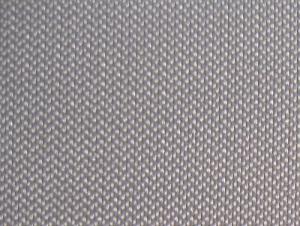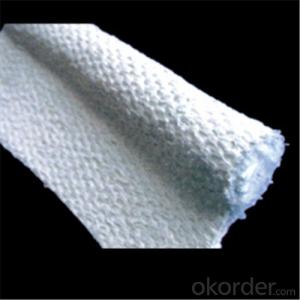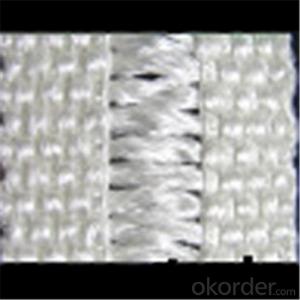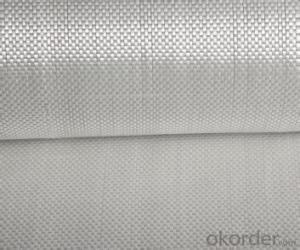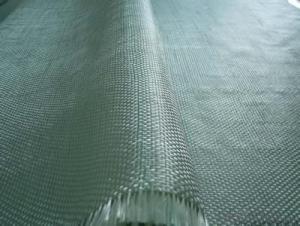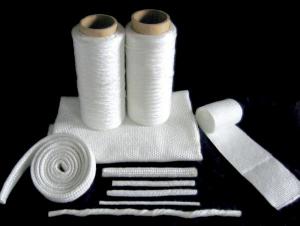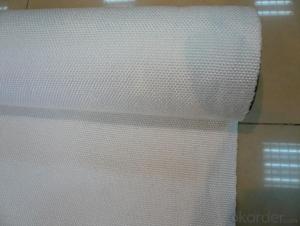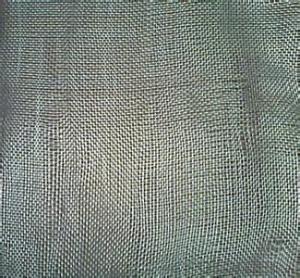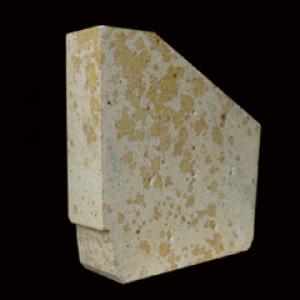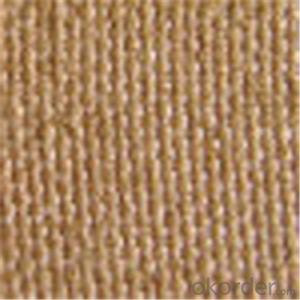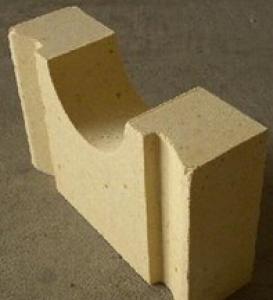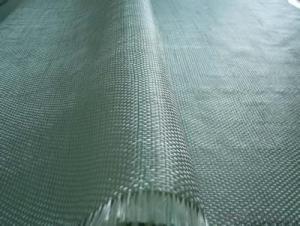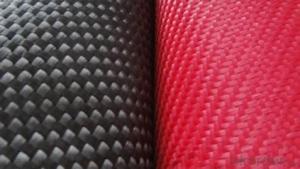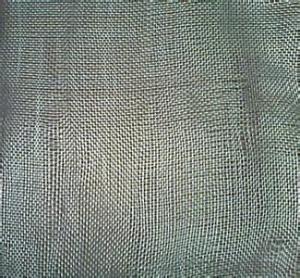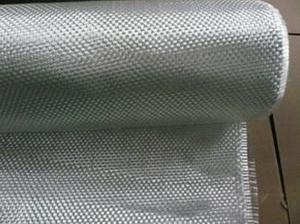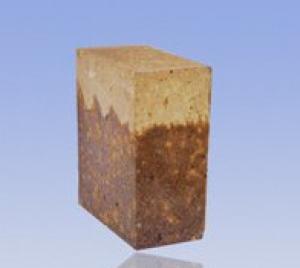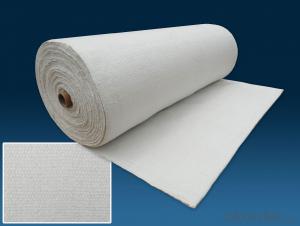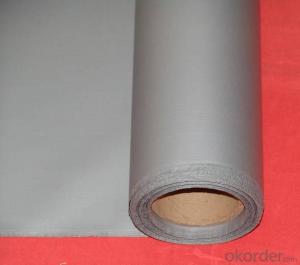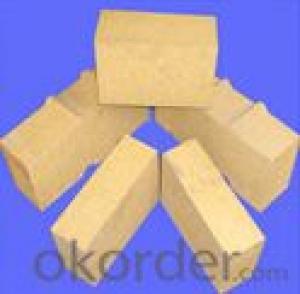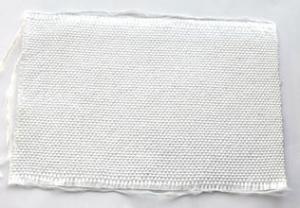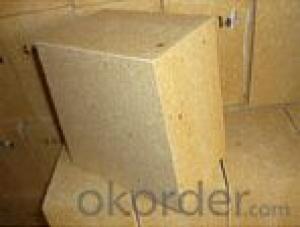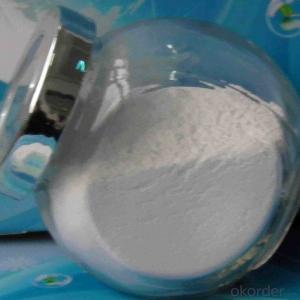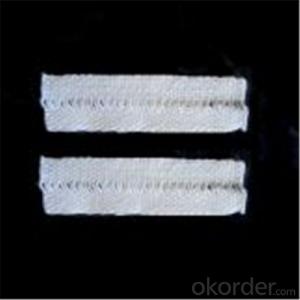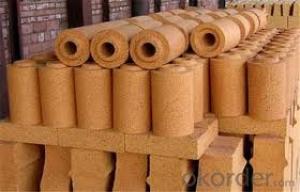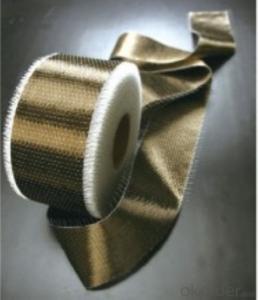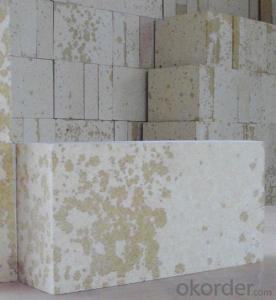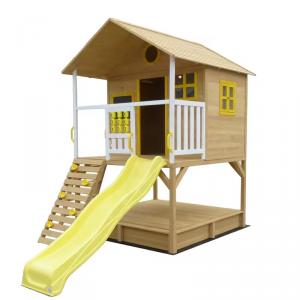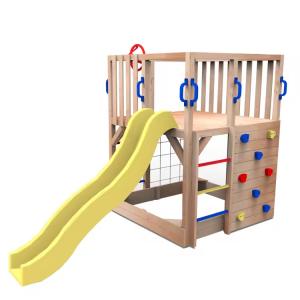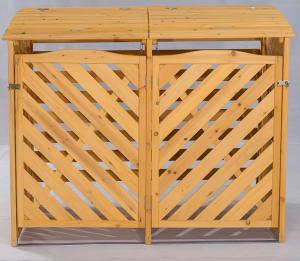Silica Fabrics
Silica Fabrics Related Searches
Synthetic Lubricants Silicate Salts Fabric Sofas Metal Fabric Sofa Fabric Synthetic Building Materials Textile Fiber Fabric Yarn Erosion Fabric Paving Fabric Cloth Material Fabric Yarns And Fibres Fabric To Fabric Automotive Rubbers Reinforce Fabric Fibrillated Yarn Liquid Silk Lubricant Fine Home Textiles Rustic Building Materials Carbon Fiber Cloth Packaging Materials Wet Lubricants Cleaning Substances Structures Textiles Geosynthetic Materials Oil Based Lubricants Calcium Silicate Fertilizer Asian Upholstery Fabric Sewing Yarn Fabric Power Reclining SofaSilica Fabrics Supplier & Manufacturer from China
Silica fabrics are a unique type of material that are made from high-quality silica fibers, offering excellent thermal insulation and resistance to high temperatures. These fabrics are specifically designed for use in various industries such as aerospace, automotive, and construction, where high-temperature resistance and durability are crucial. The versatility of silica fabrics makes them suitable for a wide range of applications, including heat shielding, fire protection, and thermal insulation in industrial settings. Okorder.com is a leading wholesale supplier of silica fabrics, boasting a vast inventory that caters to the diverse needs of various industries. As a reputable supplier, Okorder.com ensures that the silica fabrics they provide are of the highest quality, meeting the stringent requirements of their customers.

